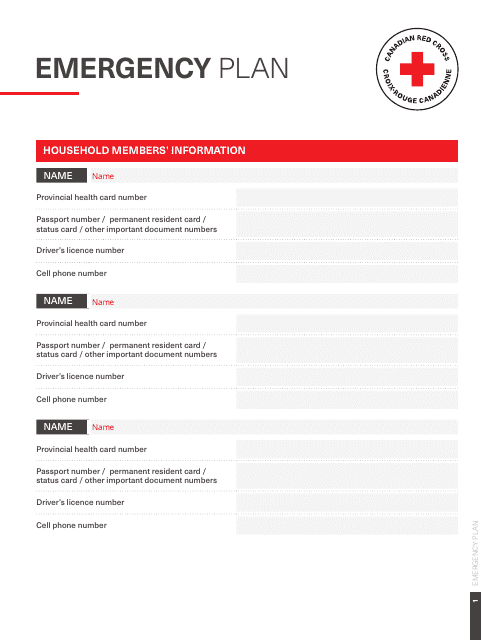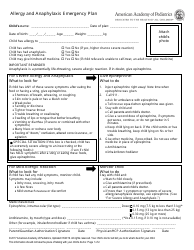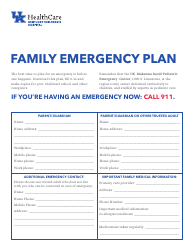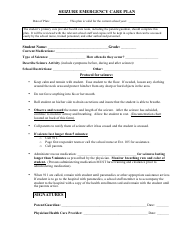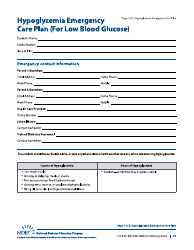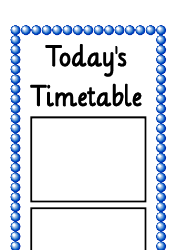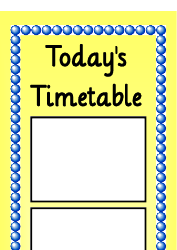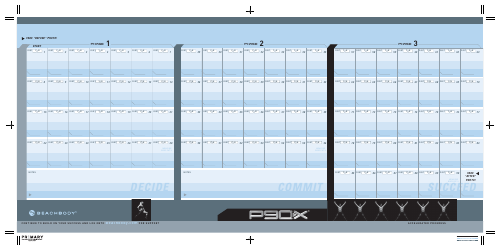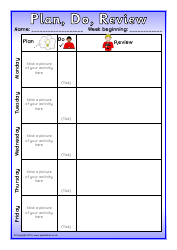Emergency Plan
An Emergency Plan is designed to ensure the safety and well-being of individuals in case of an unexpected event or disaster. This includes strategies and procedures to follow in scenarios such as natural disasters, fires, accidents, medical emergencies, or even situations like terrorist attacks and pandemics.
The plan outlines specific tasks and clarifies roles & responsibilities. It contains procedures for communicating with authorities and individuals during the crisis. The Emergency Plan incorporates evacuation procedures, safety measures, and outlines how to maintain critical operations.
In a broader context such as at a national level, an Emergency Plan refers to the strategies or arrangements established by a country's government to respond to situations of national emergency. For example, all four countries - USA, Canada, India, and Australia, have their national emergency plans and strategies which are activated during disasters, instances of civil unrest, and public health crises.
For businesses, an Emergency Plan may include steps to sustain operations, safeguard information and equipment, and ensure employee safety during an unexpected event. It's a crucial part of a company's risk management strategy.
For individuals and families, an Emergency Plan may detail what to do in instances such as a house fire, a natural disaster, or serious injury. It's something everyone should create and revisit regularly to keep up to date.
However, the specifics of an Emergency Plan can vary greatly depending on the local environment, the nature of the potential dangers involved, and the individual or organization creating the plan.
In the USA, the Federal Emergency Management Agency (FEMA) is responsible for filing the Emergency Plan. In specific states, local government bodies or the respective Department of Emergency Management can also file these plans.
In Canada, the Public Safety Canada is responsible for filing the Emergency Plan on a federal level while local municipal governments handle it on a smaller scale.
In India, the National Disaster Management Authority (NDMA) is the agency that files the Emergency Plan.
In Australia, the Department of Home Affairs through the Australian Emergency Management Agency, files the Emergency Plan.
Organizations, businesses, schools, etc. also often have individual emergency plans that are filed internally.
FAQ
Q: What is an emergency plan?
A: An emergency plan is a pre-developed, documented guideline aimed to help people respond effectively to unexpected incidents such as natural disasters, industrial accidents, or other emergencies.
Q: Is an emergency plan necessary in every place?
A: Yes, having an emergency plan is recommended for every place, including homes, schools, workplaces, and public areas. It helps to reduce the damage and casualties that may occur during emergencies.
Q: What are the key components of an emergency plan?
A: Key components of an emergency plan include evacuation procedures, emergency contact information, locations of emergency equipment, and plans for help operations. It should also include procedures for recovering and restoring regular operations.
Q: What is the importance of an emergency plan?
A: Emergency plans are important as they outline safety measures and effective responses to implement during potential emergencies. This can save lives, preserve property, and help organizations recover quickly.
Q: How to create an emergency plan?
A: To create an emergency plan, first identify the potential emergencies that could occur in your area. Next, design an evacuation plan, establish a communication plan, organize emergency supplies, and identify where to take shelter. Document all these steps, share the plan with others, and practice regularly.
Q: Does the government have an emergency plan?
A: Yes, government entities in countries like the USA, Canada, India, and Australia have meticulously designed emergency plans. These plans involve specialized departments like fire and rescue services, police, healthcare services, and emergency relief organizations.
Q: Who is responsible for creating an emergency plan in a workplace?
A: The responsibility of creating an emergency plan in a workplace usually falls under an assigned safety officer, a human resources team, or management. They will often work together to draft an effective plan.
Q: What is the role of the citizens in an emergency plan?
A: Individuals and families should create their own emergency plans, stay informed about potential hazards in their area, familiarize themselves with local emergency plans, and participate in community preparation drills.
